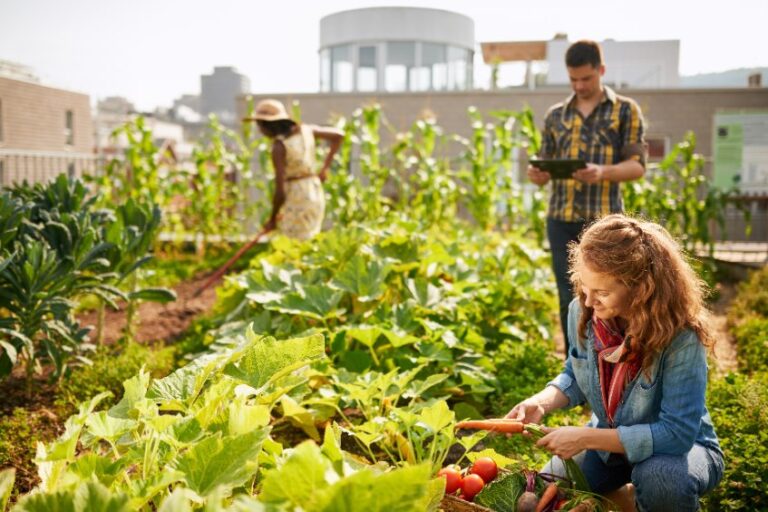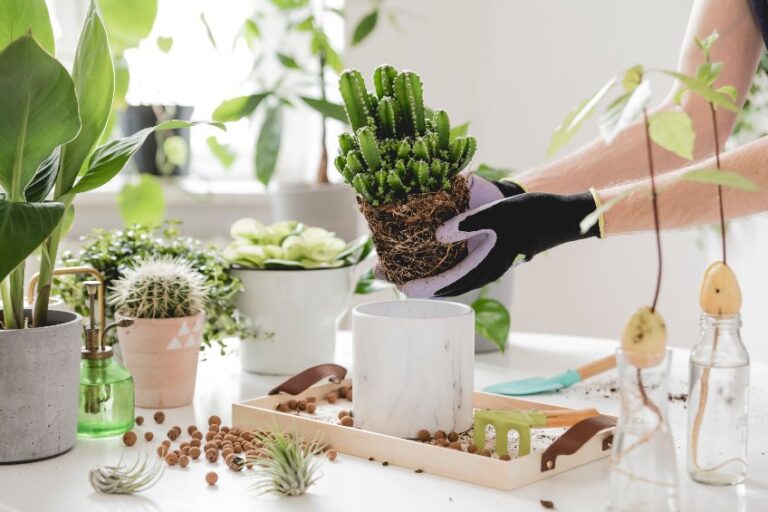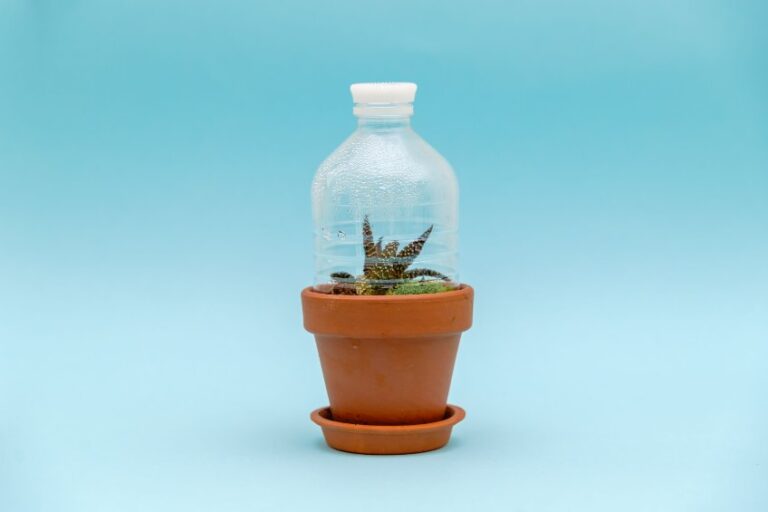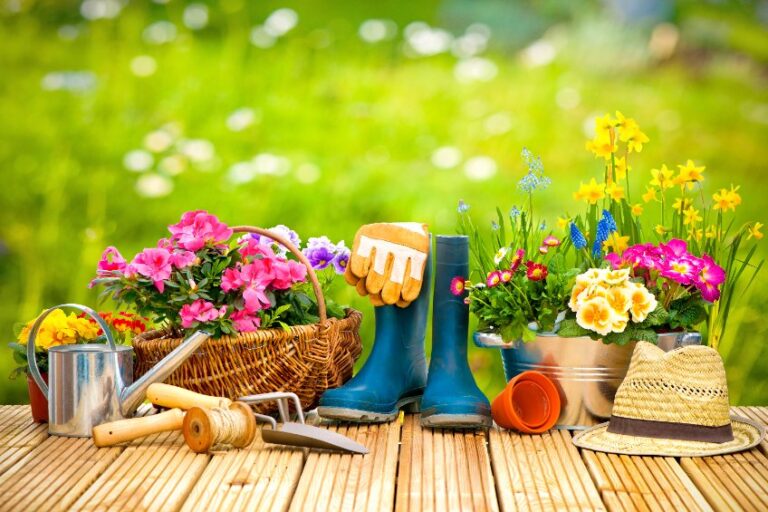Once the harvests start coming in, gardeners often find themselves with an excess of one crop and another that did poorly. To make use of the extra crops and compensate for poor harvest, how about trading or sharing them up? Check out these 5 communities where you can share your harvests. Local Gardening Clubs…
5 Affordable Indoor Plants That You Might Also Get for Free
If you are looking for ways to improve the aesthetic of your home without spending a lot of money, you should consider indoor plants. Not only do they make your home look more inviting, but many of them can also be obtained for free! Follow along as we discuss 5 affordable indoor plants that…
4 Frugal Ways To Set Up a Greenhouse
Are you interested in setting up a greenhouse, but you don’t have the funds to do so? There are many frugal ways to set up a greenhouse, so let’s take a look at them below. The Clear Garbage Bag To allow sunlight to penetrate into the plants, you need to use a clear garbage bag….
6 Gardening Tips For Beginners
If you are new to gardening, it can be difficult to know where to start. There are so many things to consider – what type of plants will grow well in your climate, what tools do you need, and how often should you water your plants? No need to worry, we’ve got you covered with…



